Research Paper: Abraham, C. J., Rix, A. J., Ndibatya, I., & Booysen, M. J. (2021). Ray of hope for sub-Saharan Africa’s paratransit: Solar charging of urban electric minibus taxis in South Africa. Energy for Sustainable Development, 64, 118-127.
What this paper is about
- Mobility and solar PV simulation platform contributed to assess electrical impact.
- South Africa’s “chaotic” urban minibus taxis assessed for electrification.
- Taxi needs 213 kWh to travel 228 km per day, and makes chargeable stops of 8-11 h.
- Charging the country’s fleet will use 9.7% of current national grid generation.
- Half a tennis court of PV would meet the energy needs of a taxi on an average day.
What you can learn
- The PV energy of each stop event was summed to get the total energy that could be charged from PV for that day as a function of the area of the PV array. These “daily PV charging potentials” were aggregated for each taxi and plotted as box plots. This metric allowed us to approximate the size of the PV array required to provide a certain percentage of an eMBT’s energy demands. This section describes the results obtained from applying our three models to the floating car data from Stellenbosch and its surrounds.
- The charging opportunities are separated into stop times for the purpose of source-ambivalent charging, and potential charging from PV.
- Although the standard deviation is substantial, the mean stop durations of the clusters were more than one hour for at least two stops per taxi.
- The approach used easilyobtainable GPS tracking data and a traffic simulator to evaluate the electrical demand requirements of these vehicles, as well as the proportion of the demand that can be met by renewable energy.
- For each of the nine taxis, the median daily stop duration was calculated and was found to range from 7.7 h to 10.6 h. This indicated that the energy demand would be quite high, and the time for charging would be quite low.
- From the mobility characteristics, we found that a minibus-taxi would use approximately 215 kWh to satisfy its daily mobility requirements.
Read more about INFORMAL TRANSPORTATION IN Africa
Check other PUBLIC TRANSPORT ARTICLEs
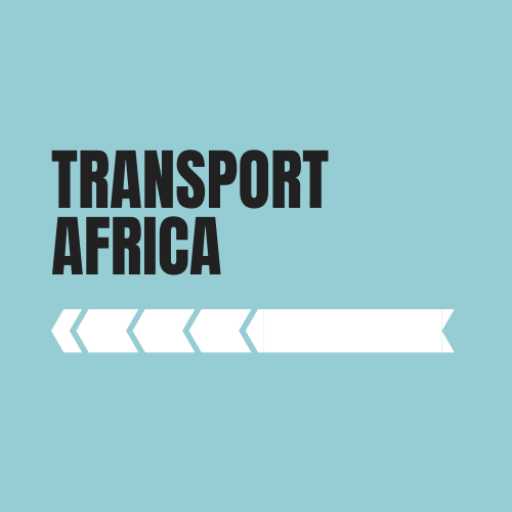
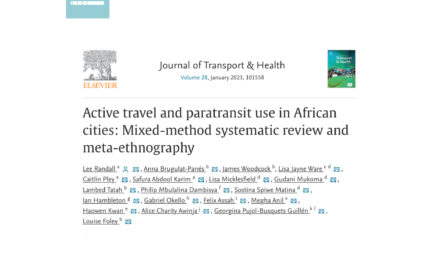
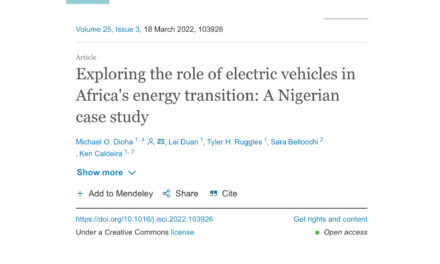
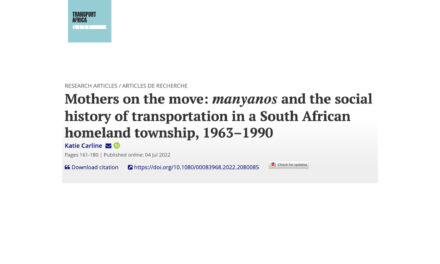
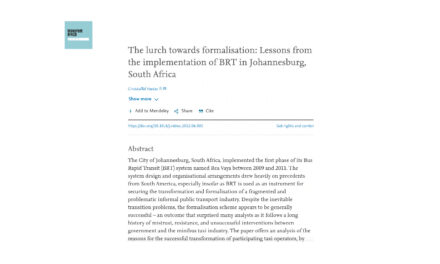
Thanks for another fantastic article. Where else may anyone get that type of information in such a perfect manner of…